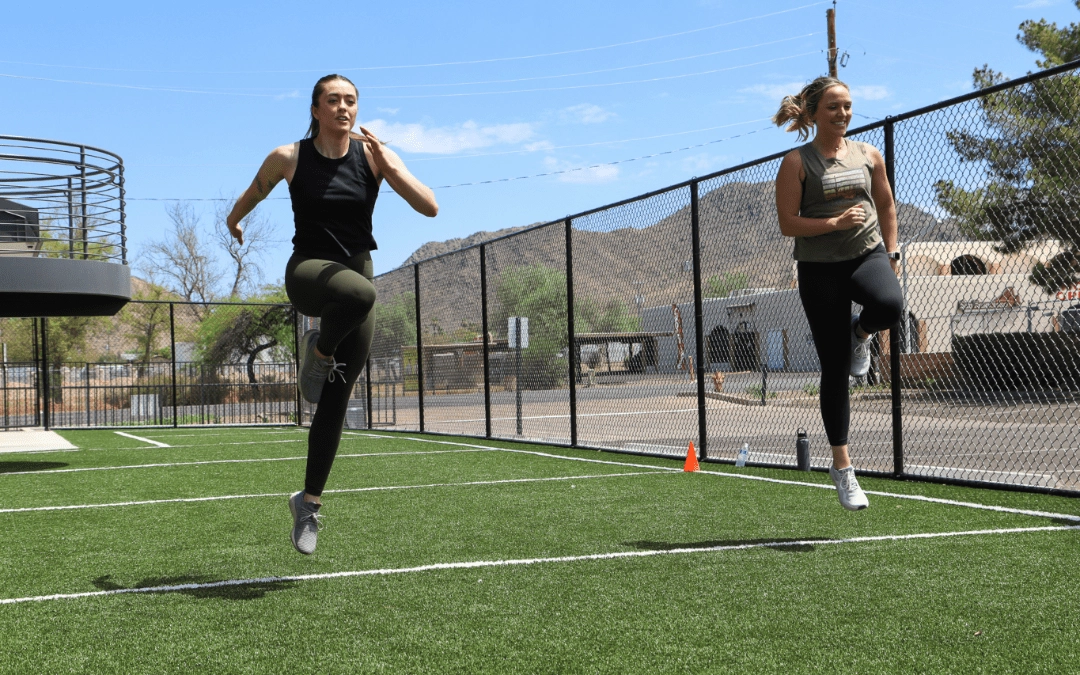By: Emily Stafford, PT, DPT, CAFS, FAFS
Think about a row of dominos. If you push one over, all of the others lined up behind it inevitably fall. This occurrence is similar to how our bodies work. One action, one movement, creates a ripple effect of other movements to help our body stand up against gravity, move forward, pick up objects, and so much more. Your body is complex and connected, and it reacts to stimuli inside and around it. These reactions are all a part of the kinetic chain.
Kinetic Chain Reactions
Kinetic chain reactions are sequences of events prompted by some kind of movement.
If you take a step forward with your right foot, the chain reaction that would occur would be all the subsequent motions that proceed from you making that step forward with your right foot. There should be a translation of weight, a redistribution of load at your foot and ankle, which causes a cascade of reactions at your knee, your hip, and all the way up the chain to your arm. The motion through these joints, in turn, triggers the contraction and relaxation of the appropriate muscles to aid in these movements or maintain your stability.
The reactionary movements within the kinetic chain are largely automatic. Think about raising a cup of coffee to drink it. You are thinking of the motion of raising your hand and possibly tilting it to get the liquid into your mouth, but there are so many other motions happening to make this event happen. Your fingers are grasping the cup, your wrist is moving to hold the cup, your elbow bends, and your shoulder rotates. All of this is happening plus your musculature working against gravity to keep your arm in the air and the cup from falling from your grasp. While the action of raising the cup is intentional and voluntary, the reactions of the rest of the muscles and joints are engrained in your brain so deeply that they are subconscious. You don’t even have to think of all of the muscles firing and joints mobilizing for you to enjoy your cup of coffee.
Kinetic Chain Motions
There are two different types of kinetic chain motions: open and closed.
In the open kinetic chain, movement is performed with the distal end of the limb free in space. Lifting the cup of coffee can be thought of as an open kinetic chain motion, because the hand, although holding a cup of coffee, is not pressing into or fixed to an object to complete the motion. Bicep curls, bench press, hamstring curls, and seated leg extension are all open chain activities.
In closed chain motions, movement is contained by a stable surface. These motions are often seen as more functional, especially for the lower extremity, as they assess how the body interacts with its environment rather than in free space. Exercises like pushups, pullups, squats, deadlifts, and power cleans are all examples of closed kinetic chain movements.
The kinetic chain can be disrupted by injury, lack of mobility, or other dysfunctions. Spooner therapists can take you through set movements that challenge your kinetic chain and subconscious reactions in all three planes of motion to identify hidden disruptions that could contribute to your discomfort.
Schedule an appointment with a Spooner therapist today to start moving better and feeling better.

